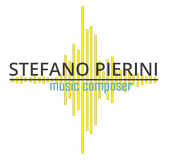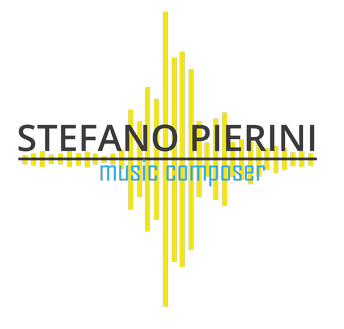
METROPOLI for electronics
We will sing of great crowds excited by work, by pleasure, and by riot; we will sing of the multicolored, polyphonic tides of revolution in the modern capitals; we will sing of the vibrant nightly fervor of arsenals and shipyards blazing with violent electric moons; greedy railway stations that devour smoke-plumed serpents; factories hung on clouds by the crooked lines of their smoke; bridges that stride the rivers like giant gymnasts, flashing in the sun with a glitter of knives; adventurous steamers that sniff the horizon; deep-chested locomotives whose wheels paw the tracks like the hooves of enormous steel horses bridled by tubing; and the sleek flight of planes whose propellers chatter in the wind like banners and seem to cheer like an enthusiastic crowd.
(Filippo Tommaso Marinetti – Manifesto del futurismo, February 5th, 1909)
METROPOLI is part of a wider project commissioned by the City of Milan for FuturisMI, a series of events organized for the centennial of the foundation of the Futurist movement: it was the result of the union of ‘LUCI FUTURISTE – Maree Multicolori e Polifoniche’, a video-opera produced by the Castagna-Ravelli Studios and ‘Il suono della guerra dei suoni’, an electronic music work including compositions by Roberto Andreoni, Matteo Franceschini, Michele Tadini and myself and produced by the Multimedia Center for Electronic Music AGON Arsmagnetica of Milan. The opening of the event occurred on the 5th February 2009, precisely a century after the first appearance of the ‘Manifesto del Futurismo’ published in the Giornale dell’Emilia, the newspaper of Bologna, to which followed eleven other performances on the following days. The space used for the installation was Piazzetta Reale, the square in front of the Royal Palace in Milan in which was placed a quadriphonic amplification system while the video was projected directly of the surface of the palace façade. The multimedia project was divided in five sections assigned to every composer, each developing with ‘historical’ detachment but curious and analytical approach a thematic issue of the futuristic poetics. In my case it was the conception of the city as thought and theorised by the architect Antonio Sant’Elia, illustrated by the painter Umberto Boccioni and described by the writers and poets Aldo Palazzeschi, Elio Vittorini (aka Farfa) and Marinetti himself: an ideal and idealized city full of whirling energy behind which is possible to get a glimpse of the deep loneliness, the annihilation, the negation of the individual melted into the masses and overwhelmed by the banal and ‘enthusiastic crowd’. The music was composed first and later were added the images and the poetic texts, acted live and electronically edited; the audio materials I used come from different sources: the Metro in Berlin Tag’ class=’berlin-en-2’>Berlin, a chord from ‘Stele’ by György Kurtág, sounds from a bass flute, field recording of city voices etc, all transformed and ‘granulated’ to give them versatility and flexibility essential to the musical development. There is not any connection with the aestethics of the music of the Italian Futurism instead, that, as far as I know, hasn’t reached the achievements of the other artistic disciplines; maybe only a kind of fascination derived from the writings of Russolo about the exploration of the ‘noise’. The project won the first prize of the Best Event Award 2009 before the Venice Carnaval.



